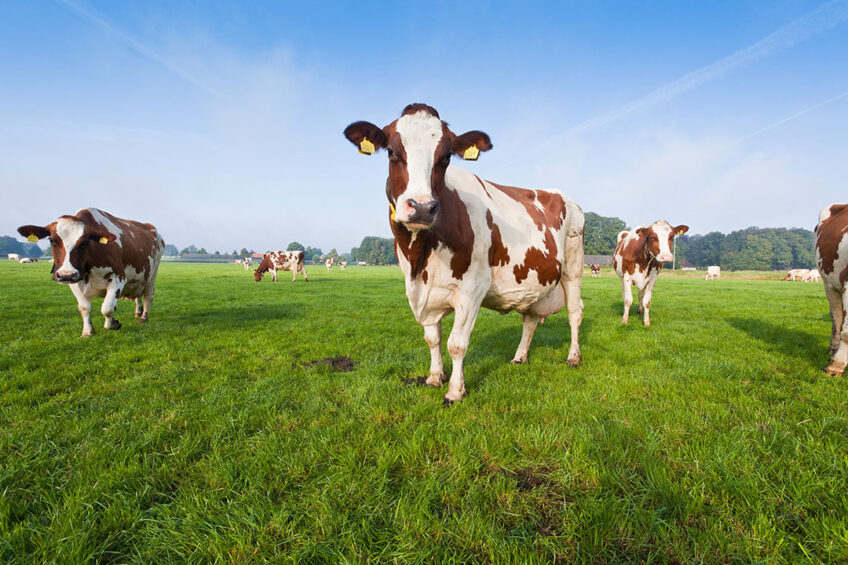Is carbon neutral dairy farming possible in 2050?

The 22nd Online Dairy Conference of the International Farm Comparison Network (IFCN) that recently took place, concludes that carbon neutral dairy farming in 2050 is possible.
Carbon dioxide levels in the air are at their highest level in 650,000 years and we have seen 19 of the warmest years since 2000. Livestock and thus dairy farming undeniably contribute to greenhouse gas emissions (GHG). Torsten Hemme, founder of IFCN, states: “The GHG emissions of dairy farming account for about 2.2% of global GHG emissions. IFCN research shows that emerging countries account for 75% of those emissions and for approximately 100% of its growth over the past 20 years”. However, the dairy sector plays a vital role in providing high quality protein to billions of people and livelihoods to millions of farmers.

By focusing on climate neutrality, the IFCN wants to provide a basis for decision-making and discussion through well-founded data and facts. The IFCN Dairy Baseline 2050 shows that GHG emission per kilogramme of milk globally will decline by 28% worldwide, driven by the observed trend towards higher milk yields. As a result, growing global milk demand of + 50% will only cause + 8% additional GHG emissions in dairy farming in the next 30 years.
Reducing GHG
So what does it take to reduce these GHG emissions in dairy farming? The Dairy Conference aimed to provide answers by inviting speakers from leading global institutions and companies. The panellists came to the conclusion that carbon neutral dairy farming will become possible with fitting farming systems, improved farm management, better access to financial resources in combination with new technologies and a common dairy initiative. Donald Moore (Global Dairy Platform), stated:
“By launching the Net Zero, Pathways to Low-Carbon Dairy initiative, the global dairy sector will demonstrate leadership in tackling climate change while protecting the vital role dairy plays in nutrition, and socio-economic outcomes.”
Figure 1 – Dairy greenhouse gas emissions by segments.

The good news is that the large majority of participants (81%) agrees that dairy farming can become carbon neutral by 2050. However, it is more likely that developed countries will get there first, so it is important to find a collaborative approach. Jason Clay from WWF recommends: “Let’s build better knowledge sharing platforms – on how to reduce carbon emission in dairy. We need to learn faster”.
For more info: IFCN
Join 13,000+ subscribers
Subscribe to our newsletter to stay updated about all the need-to-know content in the dairy sector, two times a week.










